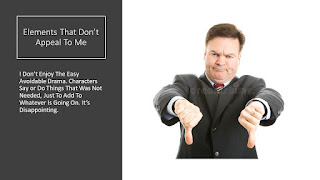Genre Research John Wick
The first movie is the first John Wick movie. The movie's genres are action, thriller, crime film, and neo-noir. It came out in 2014, it was the first of three. It's basically about a guy that goes and kills a guy for killing his dog and stealing his car. Here we go, starting with CAMS. Common camera angles in this film are, high angles, low angles, and canted angles. Common camera shots in this film are, close up, long shot, two shot, over the shoulder, establishing shot, medium shot, point of view shot, cowboy shot, and such. Common camera movement in this film are, zooms, pans, tilts, and trucks.
Now, CLAMPS. Common costumes in this film include, suits, casual wear, and other dark clothing. I'd say the most common lighting in this film would just be dark, the overall vibe is just sad or serious. Common acting in this film include, fighting, crying, and such. Common makeup includes, injury makeup, regular makeup, and such. Common props include guns, grenades, and cars. Common setting in this film is, Johns house, the mechanics shop, the big hotel, and such. That's it for CLAMPS.
Moving on to the rest. Common sound in this film include, diegetic and non-diegetic sound, ambient sound, incidental, sound bridge, sound motif, and such. Common editing includes, inserts, action matches, eye line matches, jump cuts, shot reverse shot, cutaways, and such. Common elements include, foreshadowing, conflict, dread, drama, suspense, and more. Overall this was a pretty good film. I like John's dedication to getting revenge. The guy who killed his dog deserved every hit he got. Also, why did that women walk into that pool with high heels on? That's strange. Also, what I did not like is that almost everyone he kills seems to die instantly. Like, John held a guys head underwater for maybe 10 seconds and he died, that's not realistic. I'm not saying I know how fast people that drown die, I'm saying in a realistic sense that's not how it works. The things I didn't really like was the music in the club, that was atrocious. Also, you know how many times he injured other peoples' feet? Like 3 times but that's hysterical. The hotel is in Manhattan, New York, and the average serious crime police response there is about 4-5 minutes, how has there not been police? Throughout this entire scene, I've been thinking about how there's not police there. You'd think that hundreds of gun shots would bring the police right away, but no. Also, how does this man get shot and beat and its almost totally fine, but then he gets stabbed and immediately assumes he's going to die? That's wacky, but yeah, overall John Wick was a really good film.

















